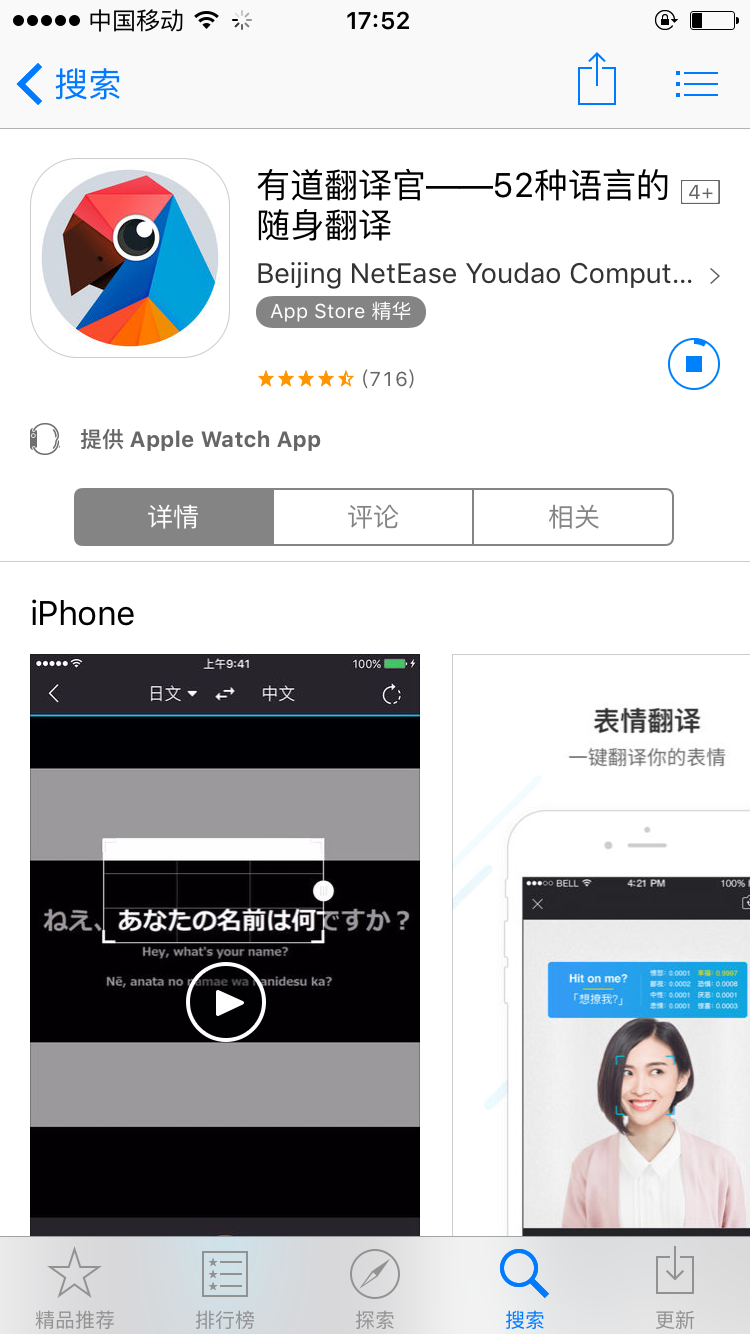Tuning the Art of Translation: Harmonizing AI Machines and Manual Insi…

본문
On one hand, AI tools have revolutionized the field of translation by providing instant access to a vast lexicon, grammar, and syntax. They are able to analyze vast amounts of data, learn from trends, and produce translations at lightning speed. This has been particularly beneficial for large-scale translations, such as software localization, technical manuals, and multimedia content. However, AI machines are not without their limitations, as they often struggle to capture the subtleties of language, 有道翻译 expressions, and cultural references that are crucial for effective communication.
It is here that human insight comes into play, providing the missing link in the translation process. A human translator, armed with an intimate understanding of the source language, the target language, and the cultural context, is able to provide a nuanced and context-specific translation that accurately conveys the intended information. This is particularly critical for high-stakes translations, such as diplomatic communications, marketing promotions, and literary works, where the accuracy and sensitivity of the translation can have far-reaching consequences.
However, human insight is not a replacement for AI machines, but rather a complement to them. While AI can provide a solid base for translation, it is the human translator who can refine, revise, and perfect the translation, taking into account the subtleties of language and culture that AI may overlook. In fact, many translation specialists are now using AI machines as a starting point for their translations, allowing them to focus on the artistic and critical elements of the work.
The art of translation is also about finding a equilibrium between maintaining the original intent and adapting to the local culture. A translation that is too literal may sound stilted, while one that is too free may lose the essence of the original message. A human translator, with their deep knowledge of language and culture, is able to navigate this delicate balance, producing a translation that is both precise and engaging.
In summary, the art of translation is a complex interaction between AI machines and human insight. While AI provides a foundation for translation, it is the human translator who brings nuance, sensitivity, and creativity to the process. By leveraging the strengths of both, translation specialists are able to produce translations that are not only accurate but also effective, conveying the intended message in a way that resonates with the target public. As we continue to navigate the complexities of a globalized world, the art of translation will remain an essential resource for effective communication.


댓글목록0
댓글 포인트 안내